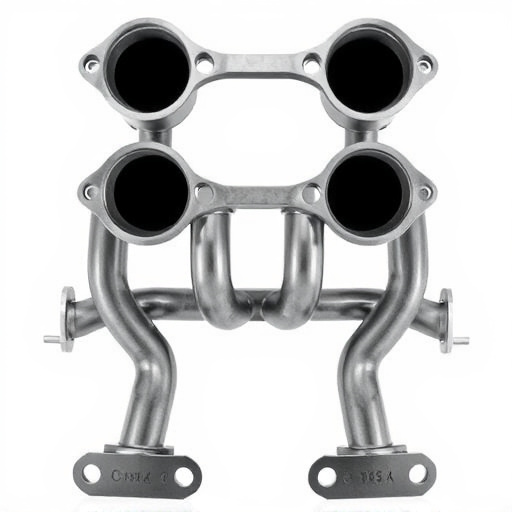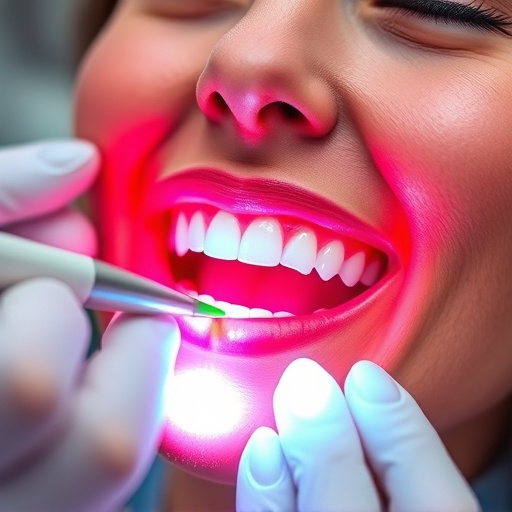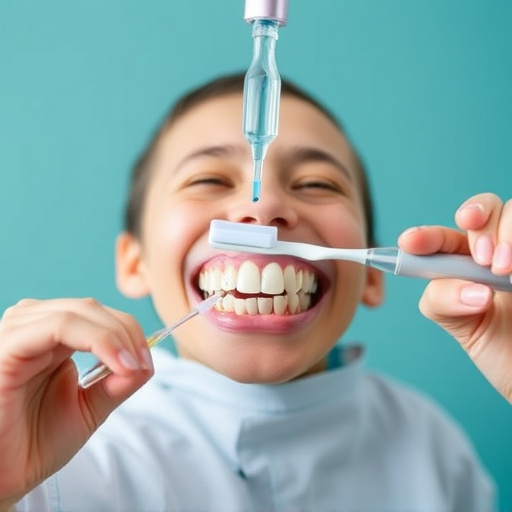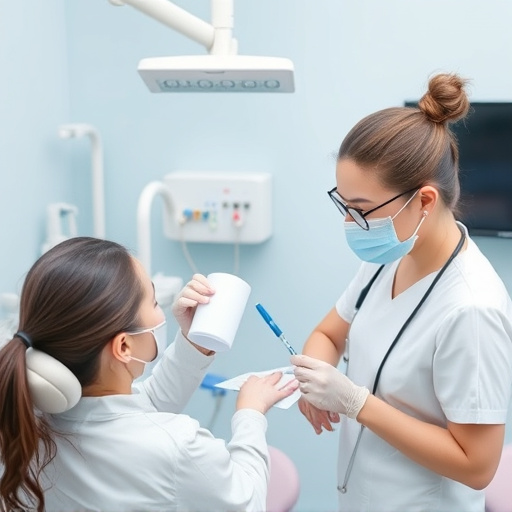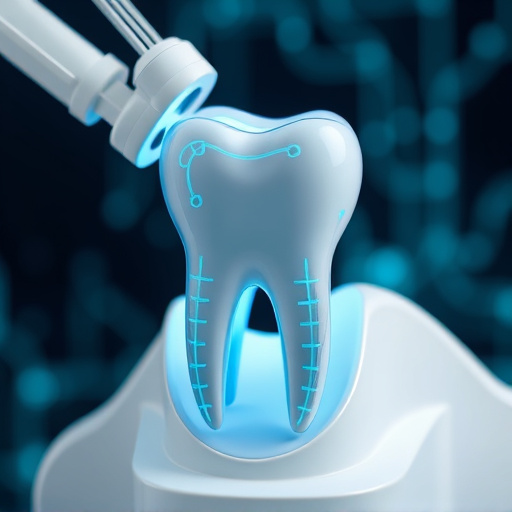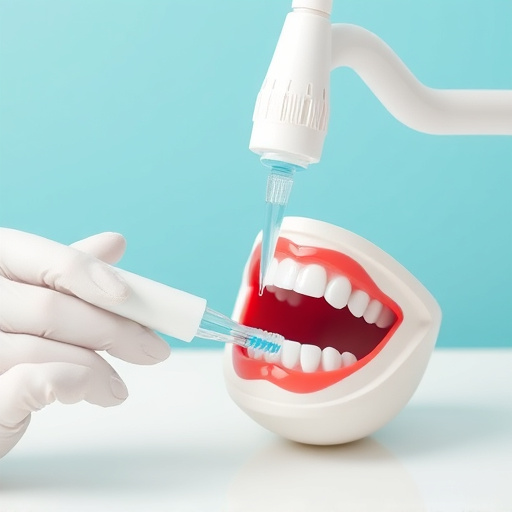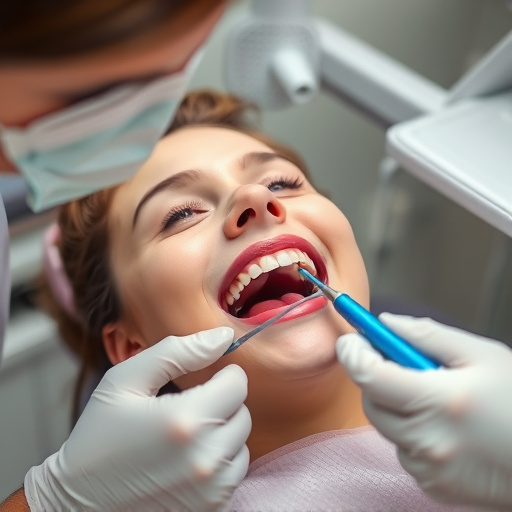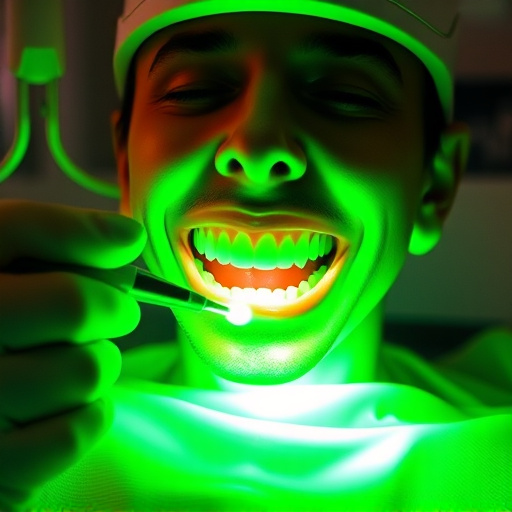Deep cleaning treatments are essential for oral disease prevention, targeting hard-to-reach areas beyond the gumline to eliminate bacteria and reduce infection risk. These procedures play a cornerstone role in periodontal disease management, post-surgical recovery, and overall oral health maintenance, especially in public and shared spaces. By removing plaque and tartar buildup missed by routine hygiene, deep cleaning significantly lowers the chance of bacterial infections around dental implants and other areas, making it a crucial component of preventive dentistry.
Deep cleaning treatment isn’t just about achieving a spotless home; it’s a powerful tool in disease prevention. In today’s world, understanding how bacteria spreads and the role of deep cleaning in stopping it is more crucial than ever. This article delves into the science behind effective deep cleaning treatments, explaining how these methods combat bacteria, virus, and other pathogens, ensuring a healthier living environment. By exploring these key aspects, we highlight the significance of regular deep cleaning for maintaining optimal wellness.
- Understanding the Role of Deep Cleaning in Disease Prevention
- How Bacteria Spreads and Why Deep Cleaning Stops It
- The Science Behind Effective Deep Cleaning Treatments
Understanding the Role of Deep Cleaning in Disease Prevention
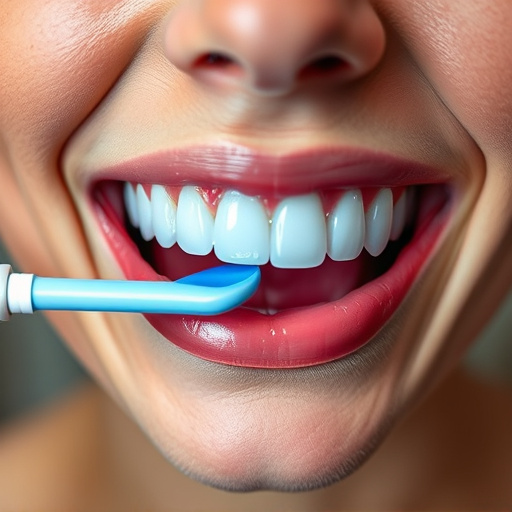
Deep cleaning treatments play a pivotal role in disease prevention within the oral cavity. Unlike routine dental cleanings that focus on removing plaque and tartar buildup at the gumline, deep cleaning goes beyond the surface. It involves targeted procedures to address deeper areas affected by bacterial accumulation. This comprehensive approach is essential, especially for individuals with periodontal disease or those undergoing procedures like wisdom tooth removal.
By delving into these intricate spaces, general dentistry professionals can eliminate hard-to-reach bacteria and prevent their spread. Such deep cleaning treatments are a cornerstone of preventive dentistry, aiming to stop potential infections before they escalate. This proactive measure not only preserves oral health but also reduces the risk of systemic issues that may arise from uncontrolled bacterial growth in the mouth.
How Bacteria Spreads and Why Deep Cleaning Stops It
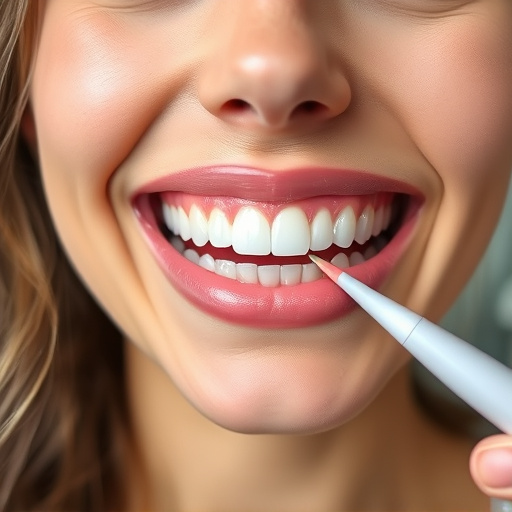
Bacteria spread through various means, primarily by transferring from one surface to another. In public spaces or homes, people touch contaminated surfaces and then touch their faces, leading to the transfer of bacteria. This is especially problematic in settings like hospitals, dental clinics (both general dentistry and cosmetic dentistry), and shared living areas where individuals with compromised immune systems may be present.
Deep cleaning treatments are highly effective in stopping this spread because they target hard-to-reach areas and surfaces that regular cleaning might miss. These treatments use powerful disinfectants and specialized tools to remove not just visible dirt but also dormant bacteria and their spores. By eliminating these microscopic organisms, deep cleaning helps create a cleaner, safer environment, significantly reducing the risk of bacterial infections, particularly in dental implants, which require meticulous care to prevent complications.
The Science Behind Effective Deep Cleaning Treatments
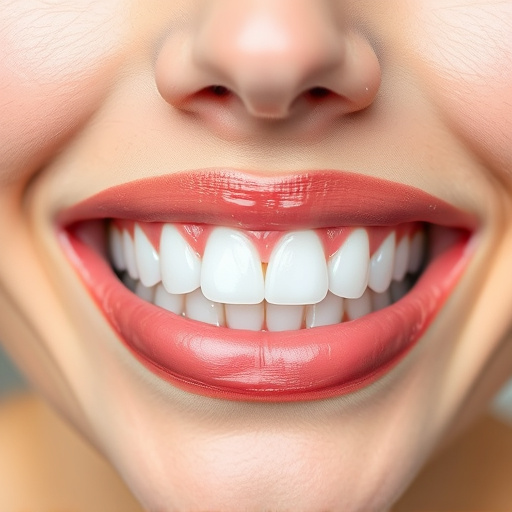
Deep cleaning treatments are designed to go beyond routine maintenance, targeting hard-to-reach areas and removing plaque and tartar buildup that regular brushing and flossing miss. The science behind their effectiveness lies in combining powerful cleaning agents with specific instruments tailored for deep penetration. This multifaceted approach ensures that not only visible debris is removed but also the bacteria nestled within dental pockets and along the gumline.
Regular deep cleaning treatments play a crucial role in preventive dentistry, reducing the risk of periodontal disease and other oral health issues. Even procedures like wisdom tooth removal require subsequent deep cleaning to prevent infection and maintain overall dental health. Moreover, individuals with specific restorations like dental crowns benefit significantly from these treatments to safeguard their oral structures and ensure long-lasting functionality.
Deep cleaning treatments are a powerful tool in disease prevention, significantly reducing bacterial spread. By understanding how bacteria thrives and the science behind effective deep cleaning, we can create healthier environments. This evidence-based approach ensures that spaces are not just cleaned but sanitized, making it an indispensable practice in today’s world. Embrace deep cleaning to protect yourself and your community from the unseen threats of bacteria.







